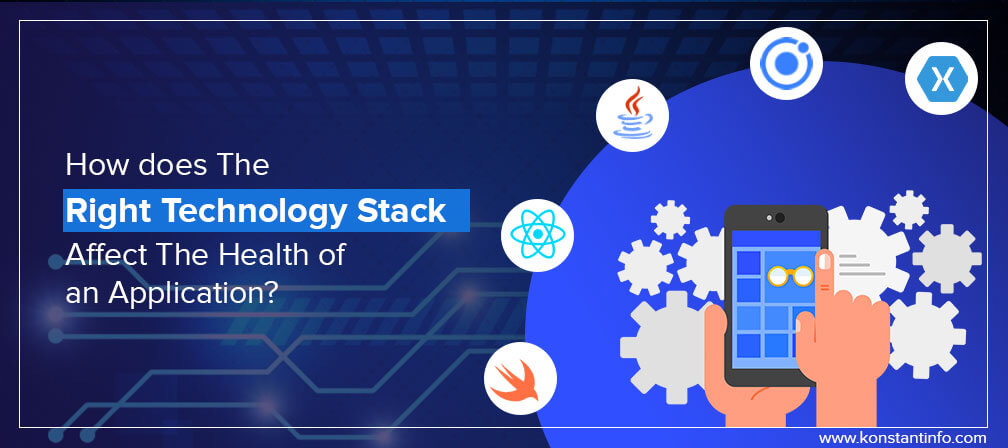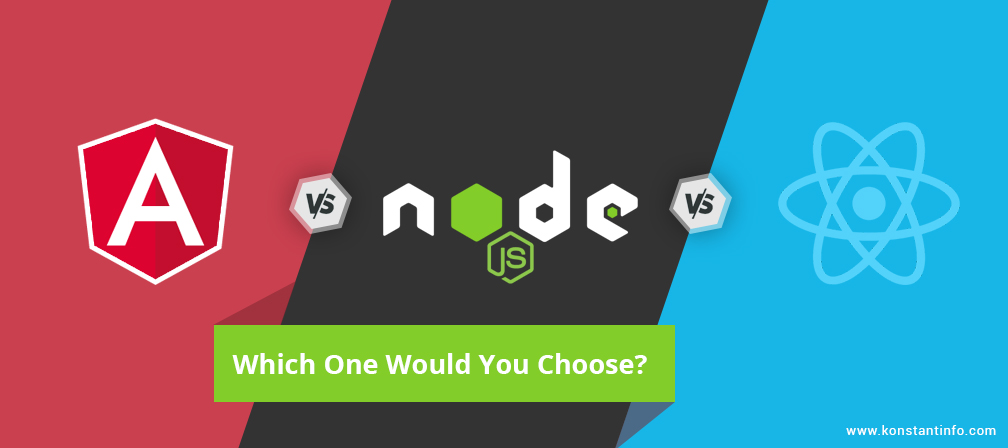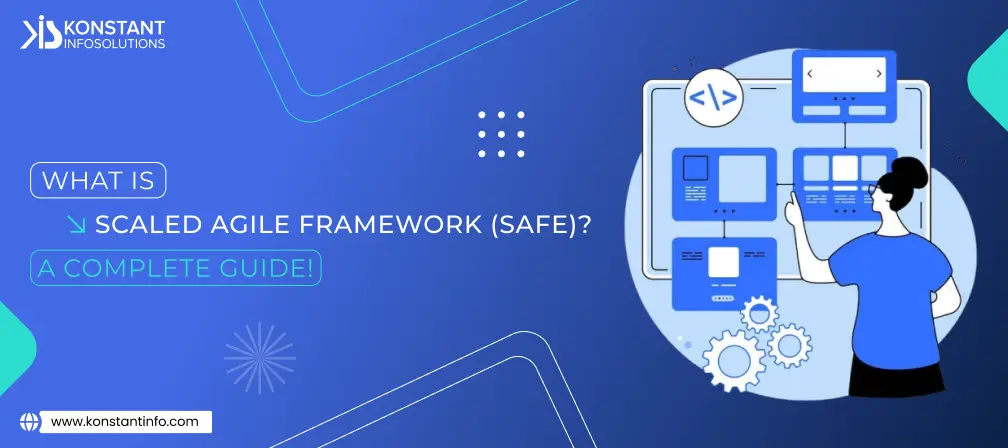
Developers can’t manage a technology stack unless they know what’s going on. Each tool in your stack creates, analyzes, or ingests data, and creates common links to make all those data communicate with each other and run efficiently.
A technology stack can also be understood as a solutions stack or a data ecosystem, i.e. more or less a list of certain technology services used to build and run one single application. The ride-hailing platform like Uber, as an example, is composed of a combination of coding frameworks and languages:
Similarly, social site Facebook is composed of a combination of coding frameworks and languages like JavaScript, HTML, CSS, PHP, and React.JS.
Developers keep talking about tech stacks as it makes it so easy to communicate lots of scattered information about how an application should be built and what will be required to build the application. It quickly summarizes the programming languages, frameworks, and tools a developer would need to interface with the application. It is the glue behind the strength of the entire application, its strengths and weaknesses according to its performance attributes and limitations. Tech stacks are particularly useful for hiring developers, the very reason why the companies include these in their job descriptions while hiring developers.
A developer needs to understand the frameworks, platform, front-end, back-end, database, cloud hosting, server, etc. required by an enterprise to run its key processes that are required by them to reach new market segments, automate various business processes and provide high-quality services to customers.
Some of the underlying inhibitions and queries need to be addressed within time before selecting the best technology stack like – which technology stack is preferable? Which framework will suffice the client’s requirements? Which will be the best option for front-end and back-end development? Which database will be suitable for the chosen programming language? Should one self-host or hire a cloud hosting partner?
Backend (Server Side) – It powers the front-end of the application. Popular back-end stacks include LAMP, WAMP, MEAN stacks in case of PHP based frameworks like Laravel, CakePHP, Zend, Symfony, Codeigniter, Yii2, Aura, Slim, Fatfree, etc.
Front-End (Client-side) includes everything a user sees on the screen of a website, web app or a mobile app. HTML, JS, CSS are the three basic and widely popular front-end technologies.
There are a few things that even experienced developers need to think about while selecting technology stack for their:
In such cases, there is always a need to think about what is important, make a list and keep a process handy. If that process is insufficient, it is always a better idea to keep a backup process ready.
No two technology stacks are similar. They vary according to the application requirement, availability of the skillsets, expertise of developers, complexity of the application and client’s requirements. Teams decide upon the technology combination to be used and then build upon a core coding language, adding additional tools and services as they go forward. A single-technology stack consists of front-end (HTML, CSS, JavaScript), Back-end (Ruby, Python, Java, C++, Node, React), Database (MySQL, SQL Server, SQL Lite, PostgreSQL, etc.)
In very basic terms, users interact with Front-End, Front-end interacts with Backend and that in-turn interacts with the Database. All the interactions occur at the front-end and all the logic creation occurs at the back-end. Front-end technologies include programming languages like Javascript, Kotlin, Java, Objective C, Swift, Flutter, Angularjs, Backbone.js, and Reactjs, etc. Back-end technologies include web frameworks, programming languages, servers, and operating systems. Examples of certain small tech stacks include MEAN, LAMP, etc. The middleware (present in more complex tech stacks is the space where web servers, content management systems and other similar tools play their part to support web application development).
Tech stack that can be considered while creating an iOS application:
Tech stack that can be considered while creating an Android application:
Programming languages (React Native, React.JS, JavaScript/TypeScript and xamarin, C#) differ, rest everything remains the same as native applications.
Standard web technologies include: CSS, HTML5, JavaScript
Frameworks include: Cordova/PhoneGap (an open-source framework to run HTML/JS-based applications). Languages like PhoneGap support multiple frameworks and libraries including jQuery, AngularJS, and Knockout.js, Flutter, CoronaSDK, JQuery Mobile, Intel XDK, Native Scripts
Advice to Build Right Technology Stack in Web Application Development
Along with the technical considerations like the type of the project, validation of the idea and the time to reach market are important, other factors that require an equal attention are the plan of the business for the future, the extent to which the development team relies on open-source community, the purpose of the application, use of analytics platforms to tie the data together and maintenance and upkeep.
Proper feasibility analysis, budget planning, converting an idea into the full-fledged application, checking the repercussion of using an incorrect technology stack and making use of the available technology stack are some considerations that can be beneficial for the development team in saving their time, efforts and cost. Making corrections to the available tech stack in the early stages of the project lifecycle can be more beneficial than making any changes in the middle or later stages of the SDLC. It is always advisable to create MVP’s/Minimum Viable Product like web apps using open source tools to prove concepts before investing in them. If it is not able to suffice the purpose, developers can always graduate to more mature languages and technologies that are reliable and flexible. The use of analytics helps developers identify issues that users experience within their applications. This eventually helps them debug and fix the errors.
An appropriate technology stack can strengthen the base performance of the application, ease maintainability and makes it easier to fix bugs. Reach our developers to know what more is in store for the segment!



Vipin Jain is the Co-Founder and CEO at Konstant Infosolutions and is in charge of marketing, project management, administration and R&D at the company. With his marketing background, Vipin Jain has developed and honed the company’s vision, corporate structure & initiatives and its goals, and brought the company into the current era of success.
Or send us an email at: [email protected]